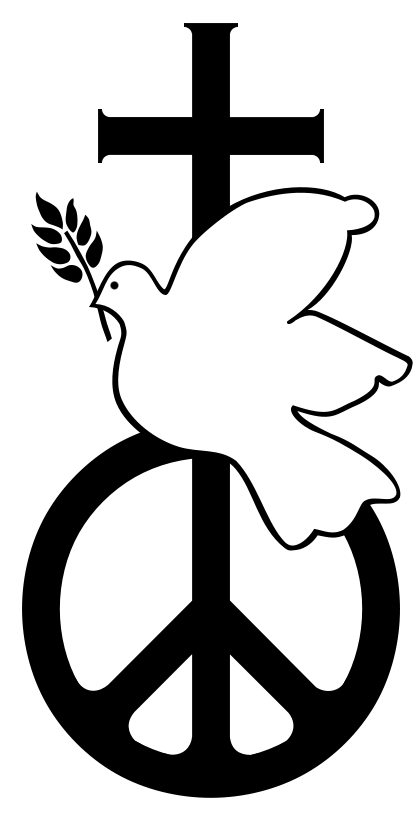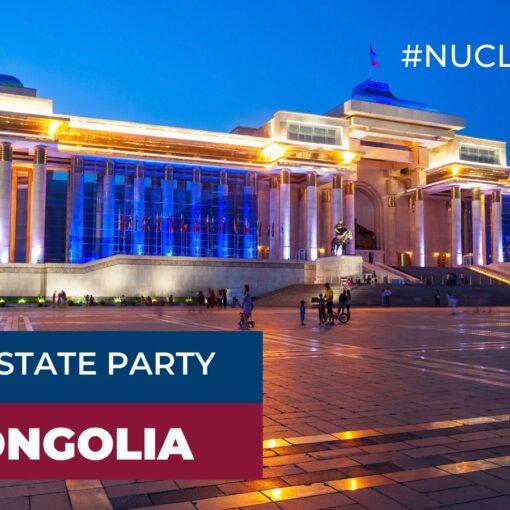The First Meeting of States Parties of the Treaty on the Prohibition of Nuclear Weapons took place in Vienna last week. Those who have already ratified the Treaty were joined by many observers, including NATO Member States Germany, Belgium, Norway and the Netherlands to discuss the next steps for the Treaty.
The week started with the great news that three further states had completed the ratification of the Treaty, taking the total number to 65. Throughout the week there were statements from political leaders and civil society, including the inter-faith statement signed by Christian CND.
Opening the meeting, United Nations Secretary-General Antonio Guterres said, “The once unthinkable prospect of nuclear conflict is now back within the realm of possibility. More than 13,000 nuclear weapons are being held in arsenals across the globe. In a world rife with geopolitical tensions and mistrust, this is a recipe for annihilation.”
The meeting took place against the backdrop of the ongoing war in Ukraine and the many threat from Russia regarding its own nuclear capabilities. Both the threat of nuclear weapons and the wider actions of Russia in Ukraine were condemned by states throughout the meeting. The last six months have clearly demonstrated the urgency of the task before us in riding the world of nuclear weapons.
In the Declaration made at the end of the meeting, states parties expressed their alarm and dismay at threats to use nuclear weapons, and condemned unequivocally “any and all nuclear threats, whether they be explicit or implicit and irrespective of the circumstances.” Affirming that the TPNW is needed more than ever in these circumstances, the states parties resolved to “move forward with its implementation, with the aim of further stigmatizing and de-legitimizing nuclear weapons and steadily building a robust global peremptory norm against them.”
The Action Plan contains 50 specific actions for taking forward the mission of the treaty and realizing the commitments made in the Declaration. The Action Plan includes actions on universalization; victim assistance, environmental remediation and international cooperation and assistance; scientific and technical advice in support of implementation; supporting the wider nuclear disarmament and non-proliferation regime; inclusion; and implementation of the treaty’s gender provisions.
The Action Plan also set up a Scientific Advisory Group, to advance research on nuclear weapon risks, their humanitarian consequences, and nuclear disarmament, and to address the scientific and technical challenges involved in effectively implementing the Treaty, and provide advice to states parties. It also set deadlines for the destruction of nuclear weapons by nuclear-armed states joining the treaty: no more than 10 years, with the possibility of an extension of up to five years. States parties hosting nuclear weapons belonging to other states will have 90 days to remove them.




